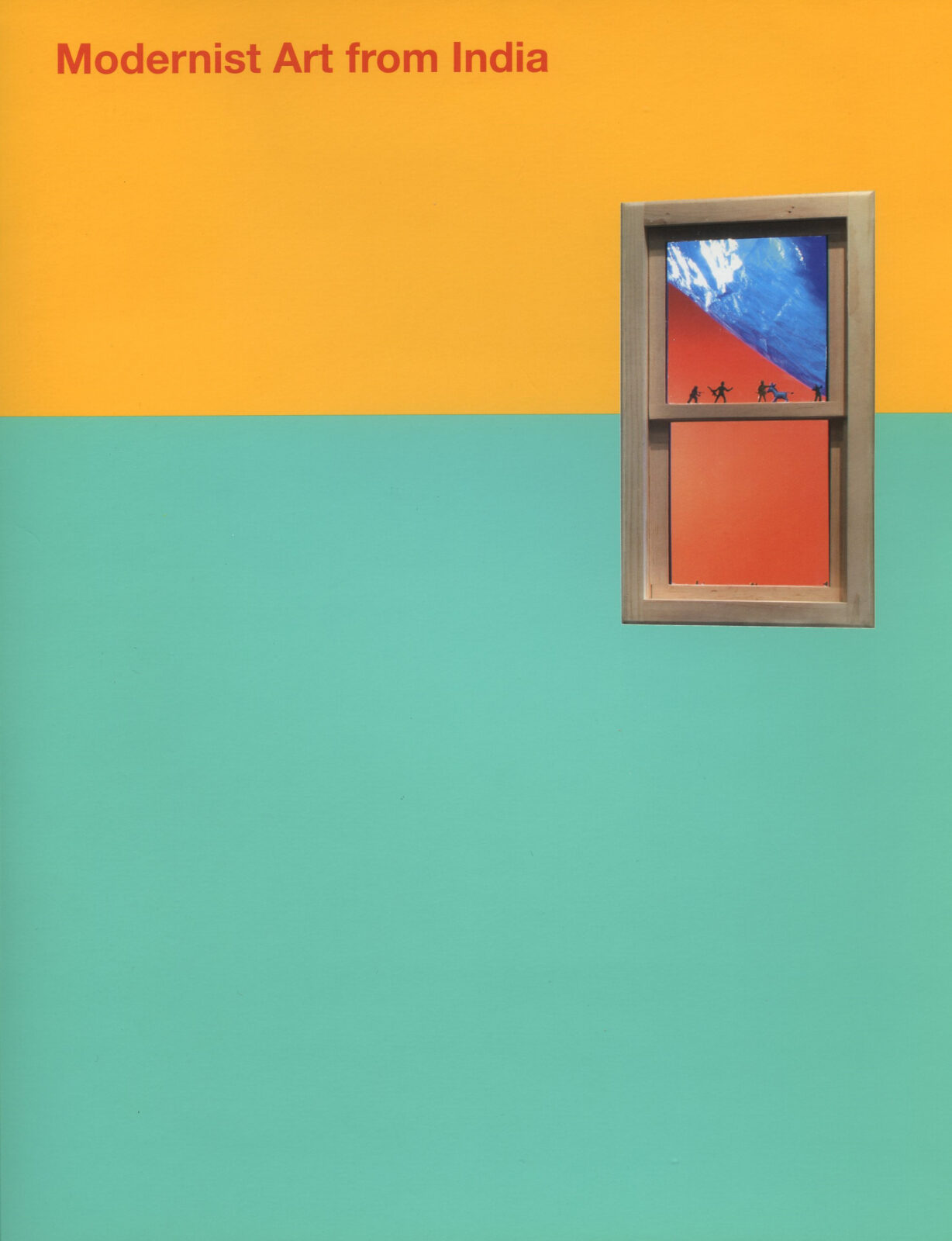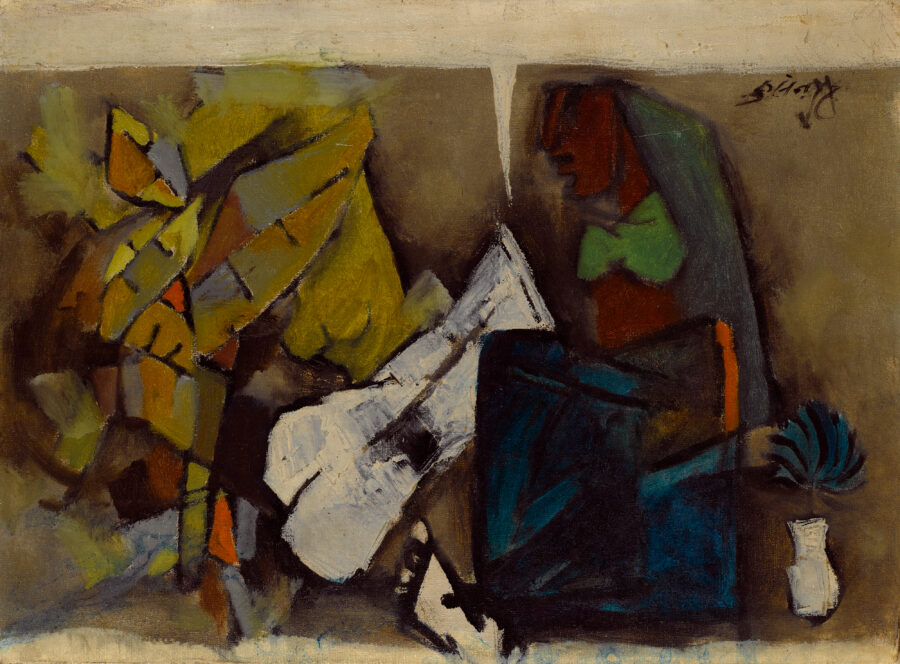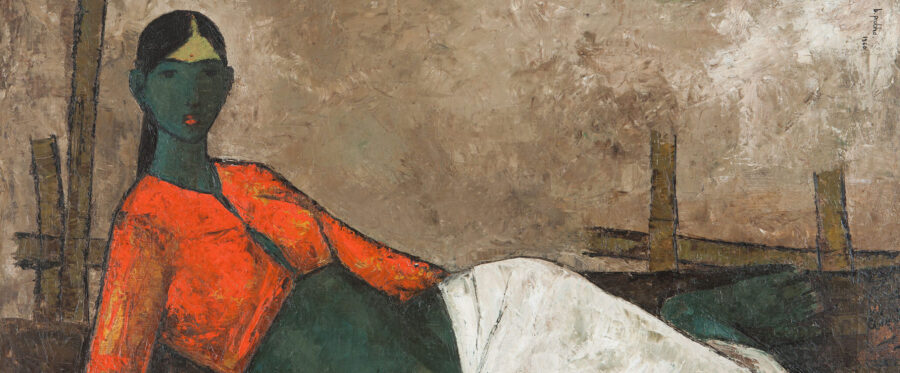in 1947, after a century-long struggle against British colonial rule, India became a sovereign nation. The exciting promise and exhilarating freedom of independence was marred that same year by horrific violence accompanying the tumultuous separation of Pakistan and India. These events remain the most important structural moments in the twentieth-century South Asian history, defining cultural production in India for generations to come. The exhibition series Modernist Art from India at the Rubin Museum has considered the universal artistic themes of figuration, abstraction, and landscape as they applied to India’s growing modernist art movement during the twentieth century, but especially after the country’s independence. Through the format of a series of exhibitions rather than a single show, Modernist Art from India has shown how these themes are both interconnected and individually important within a trajectory of modern Indian expression. This publication broadly surveys the first two exhibitions in the series, The Body Unbound and Approaching Abstraction and looks at the third, Radical Terrain, in more depth, particularly the relationships between Indian modernism and the international contemporary art that anchors it.
Citron, Beth. Modernist Art from India. New York: Rubin Museum of Art, 2012
Find elsewhere:
WorldCat



